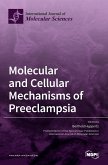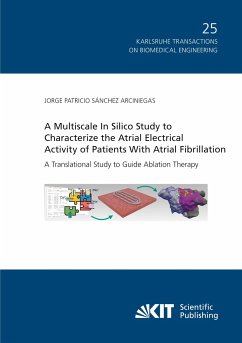Worldwide, liver fibrosis is a major cause of morbidity and mortality and is associated with a high medical and economic burden. It is the common consequence of chronic liver injury due to various etiologies. During fibrogenesis, there is a progressive substitution of the liver parenchyma by scar tissue. Recent advances in the understanding of the history of liver fibrosis have shown that the pathogenesis is driven by different cell types and a large variety of soluble mediators. At present, scientists working in this field aim to increase basic knowledge, improve diagnostics, and try to translate experimental findings into new treatment modalities. This book includes 12 selected contributions from the Special Issue "Cellular and Molecular Mechanisms Underlying the Pathogenesis of Hepatic Fibrosis" that was published in Cells. These articles summarize current perspectives and findings in hepatic fibrosis research showing how scientists try to use basic scientific research to create new therapies and diagnostics.
Hinweis: Dieser Artikel kann nur an eine deutsche Lieferadresse ausgeliefert werden.
Hinweis: Dieser Artikel kann nur an eine deutsche Lieferadresse ausgeliefert werden.








